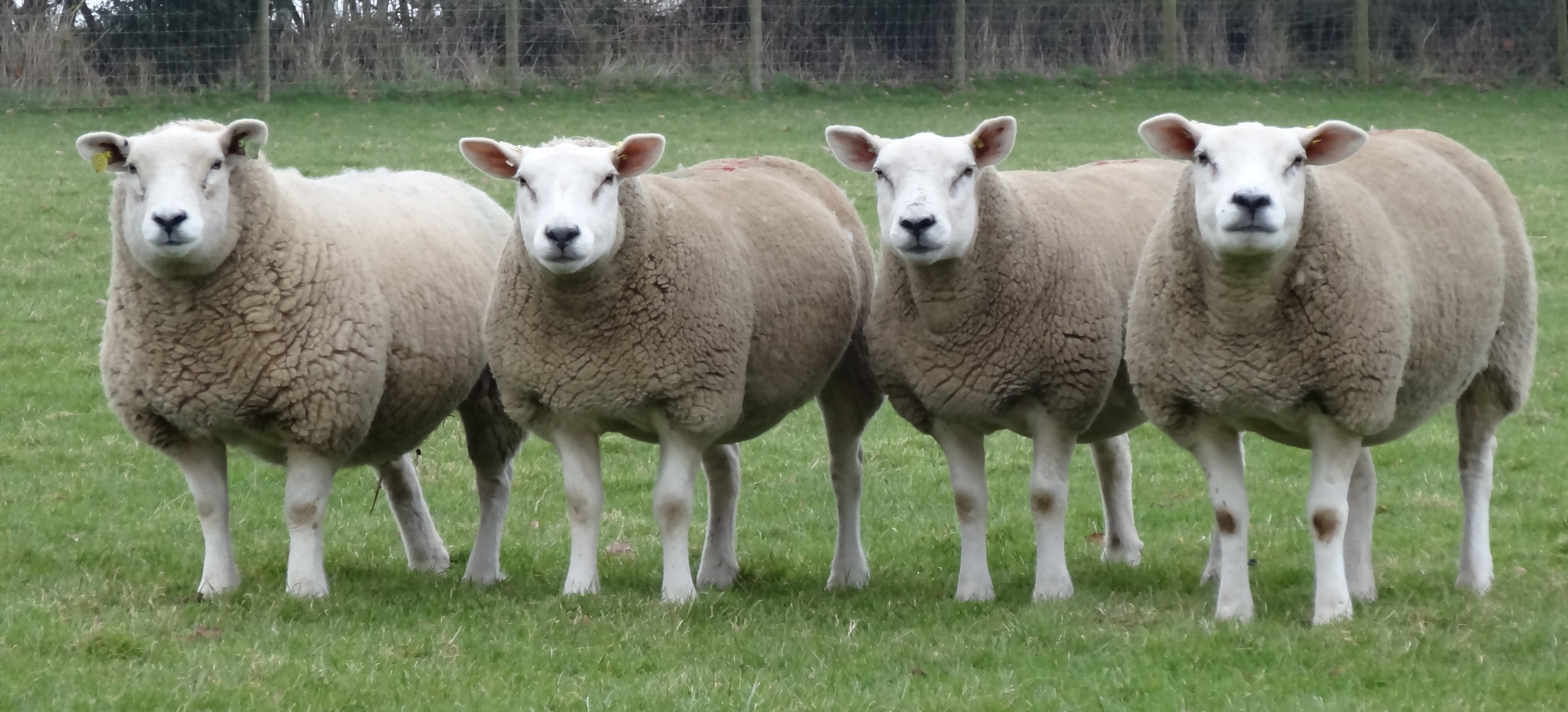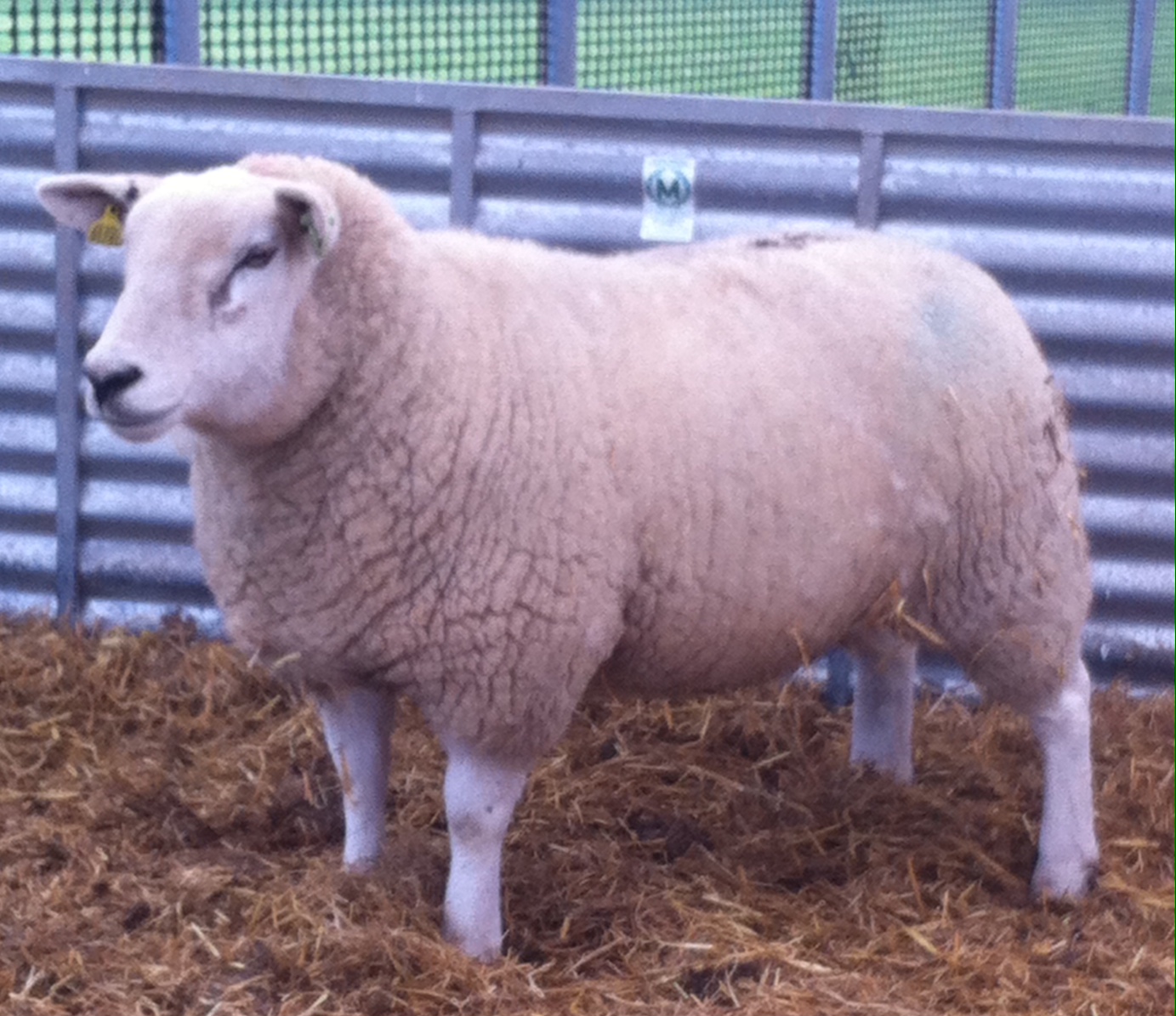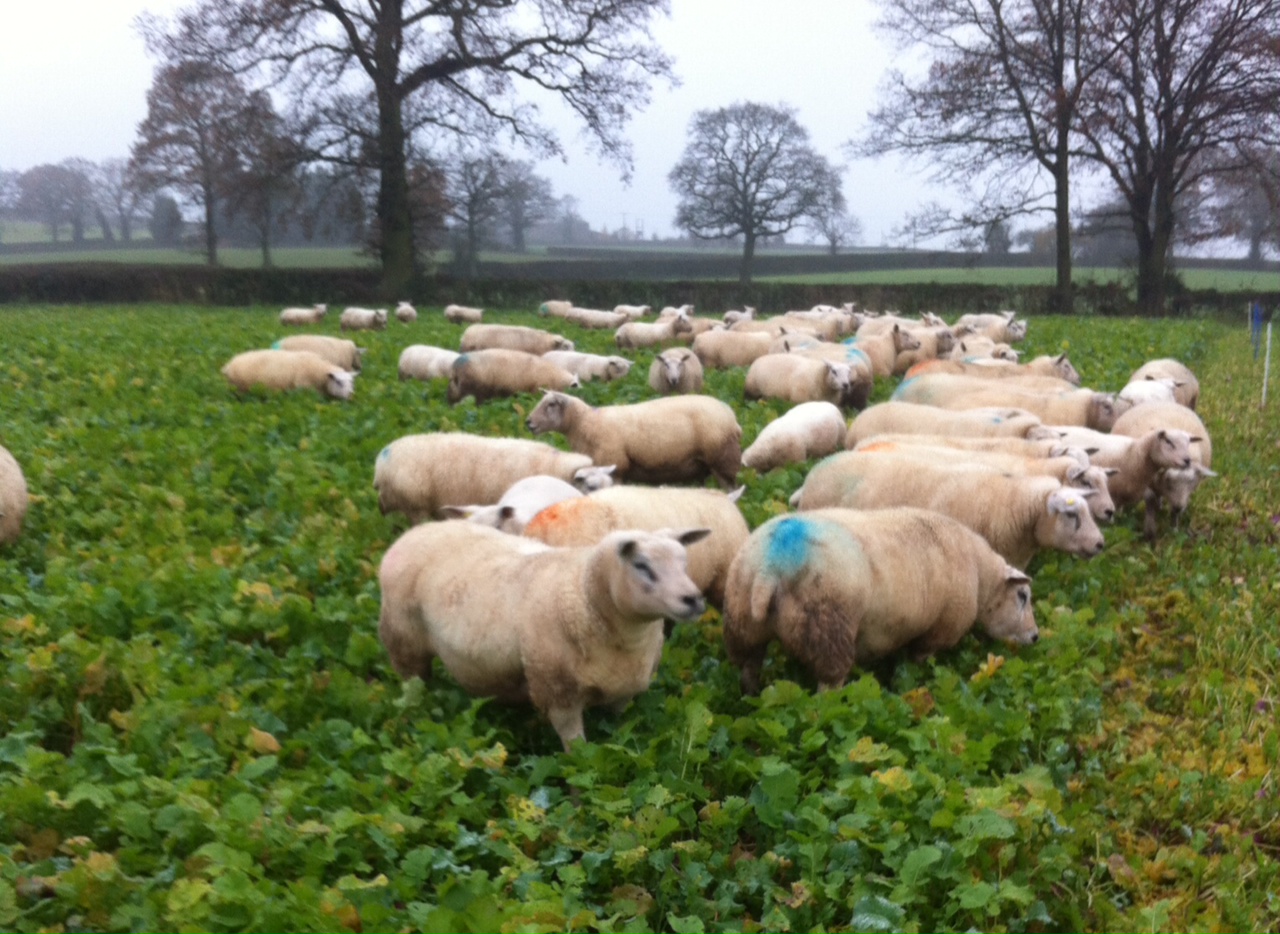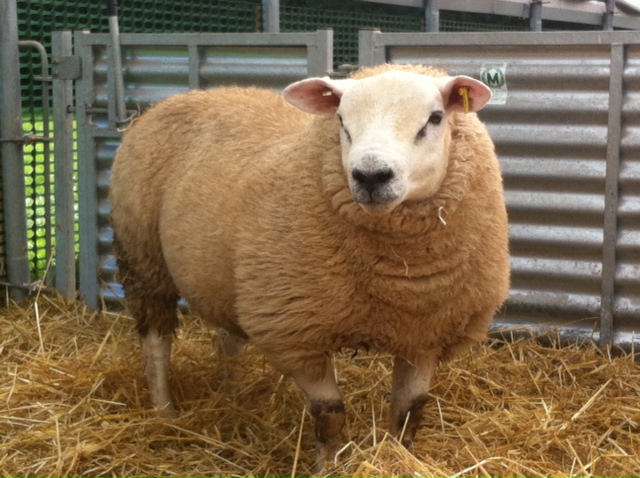In 2013 the Kimbolton Flock supplied a high index Texel Ram to SRUC that was used as part of a trial looking at “Simultaneous selection for reduced waste and increased lean meat yield in Texel-sired slaughter lambs”
SRUC have just kindly providing the following interim update pending publication of their final report:
“A recently finished one-generation selection trial using Texel sires at SRUC aimed to prove the value of a simple CT (computed tomography) based selection trait (muscle weight / live weight), which can be used like a simple index aiming at increasing lean meat yield and reducing waste at the same time. This trait is very similar to lean meat yield percentage ( LMY%) that the pig industry pays on, but is also expected to reduce carcass waste in the abattoir.
From over 200 CT-scanned rams in 2013, 12 rams were used, based on their own performance in this trait. To produce divergence, rams were chosen from both ends of the distribution. They were each mated in November 2013 to 15 Mule ewes and 259 lambs were born between 5/04/2014 and 19/04/2014 (29 single, 184 as twins and 46 as triplets). These resulting lambs were followed through rearing, CT-scanned, and a month later slaughtered in an abattoir with electronic traceability to allow individual carcass feedback.
201 lambs were finally chosen for CT scanning and slaughter, narrowing down the age span and accounting for losses. They were all CT scanned between the 25th and 28th of August 2014, being on average 137d old (from 128 to 143d). To allow for the withdrawal period of the sedative, the animals were slaughtered about 33d later, at an average age of 170d (between 163 and 175d), in the Morrisons abattoir (Woodheads Brothers) at Turriff, because this abattoir has electronic traceability for individual lambs up to the point of carcass grading. This allowed us to combine all pre-slaughter information on each lamb with the slaughter information (carcass grades and the price obtained).
The analysis of the data is now ongoing and we aim to present the results of the study later on in spring 2015, as well as at the Sheep Breeders Round Table in November, if the organisers give us the opportunity. The preliminary results to date suggest that the Texel sires with higher lean meat percentage went on to produce crossbred lambs with higher values for this trait, as measured by CT pre-slaughter. Favourable relationships with other carcass traits, such as killing out percentage, fatness and gigot muscularity have also been observed.
It is of note that the “low rams” are not low value rams, as they had been selected to be CT scanned by their owners, indicating that they had potential as breeding stock. However, the preliminary results suggest that there was enough genetic variation in the selected sires for the traits of interest to see differences emerging in their crossbred offspring. This trial will demonstrate the effects of genetics, the usefulness of CT and will also be another good example of a fruitful collaboration between Texel breeders and SRUC. The SRUC team (mainly L. Bunger, N. Lambe, K. McLean and John Gordon) wishes to express their thanks to the Texel breeders, who contributed rams to the trial.”
Commenting on this update Paul Phillips from the Kimbolton Flock said “We were delighted to have one of our high index Texel rams selected by SRUC for this trial and are not surprised to hear that the preliminary results suggest their genetic superiority in key traits is passed onto their offspring.
Increasing lean meat yield and gigot muscularity have significant commercial value to lamb producers and underline why the purchase of a high index Ram from an established recording flock is an investment that makes sound financial sense. I look forward to reading the final report and understanding the additional value in £’s per animal that has been demonstrated.”





